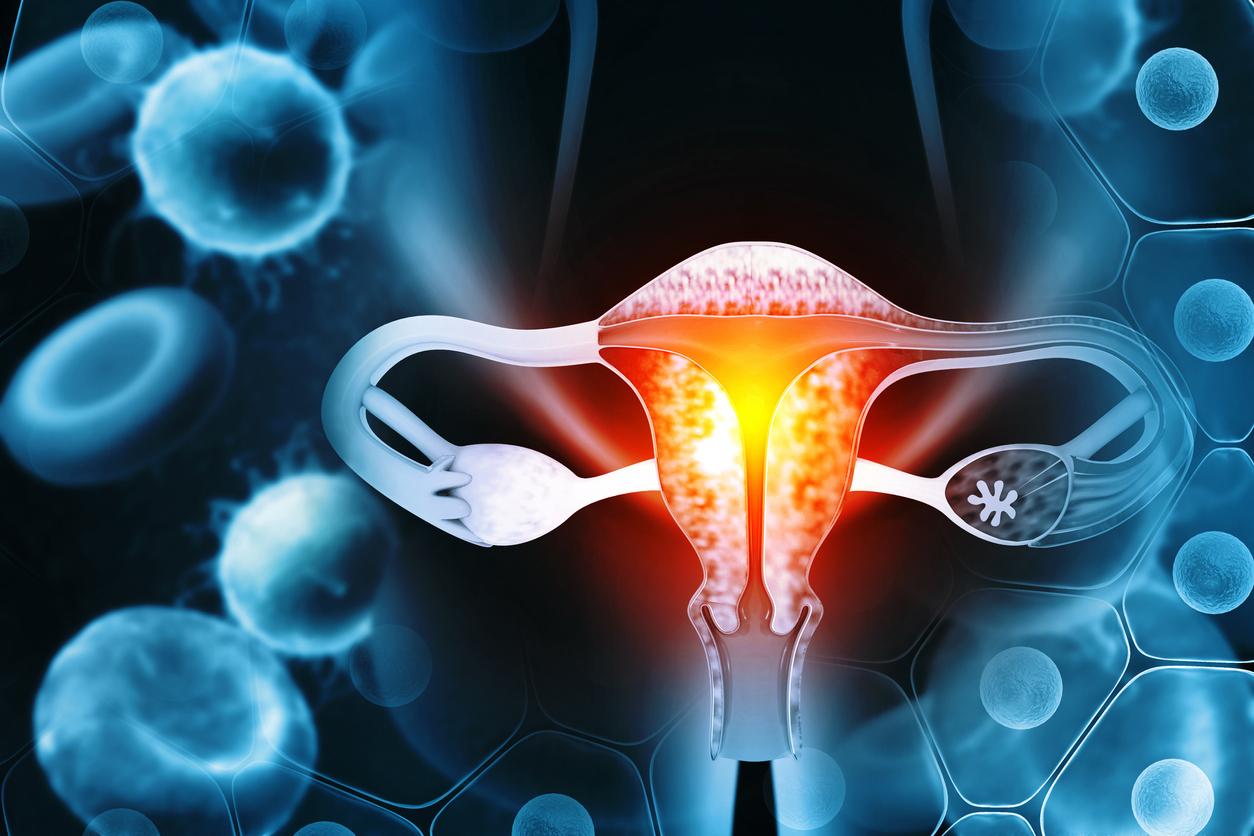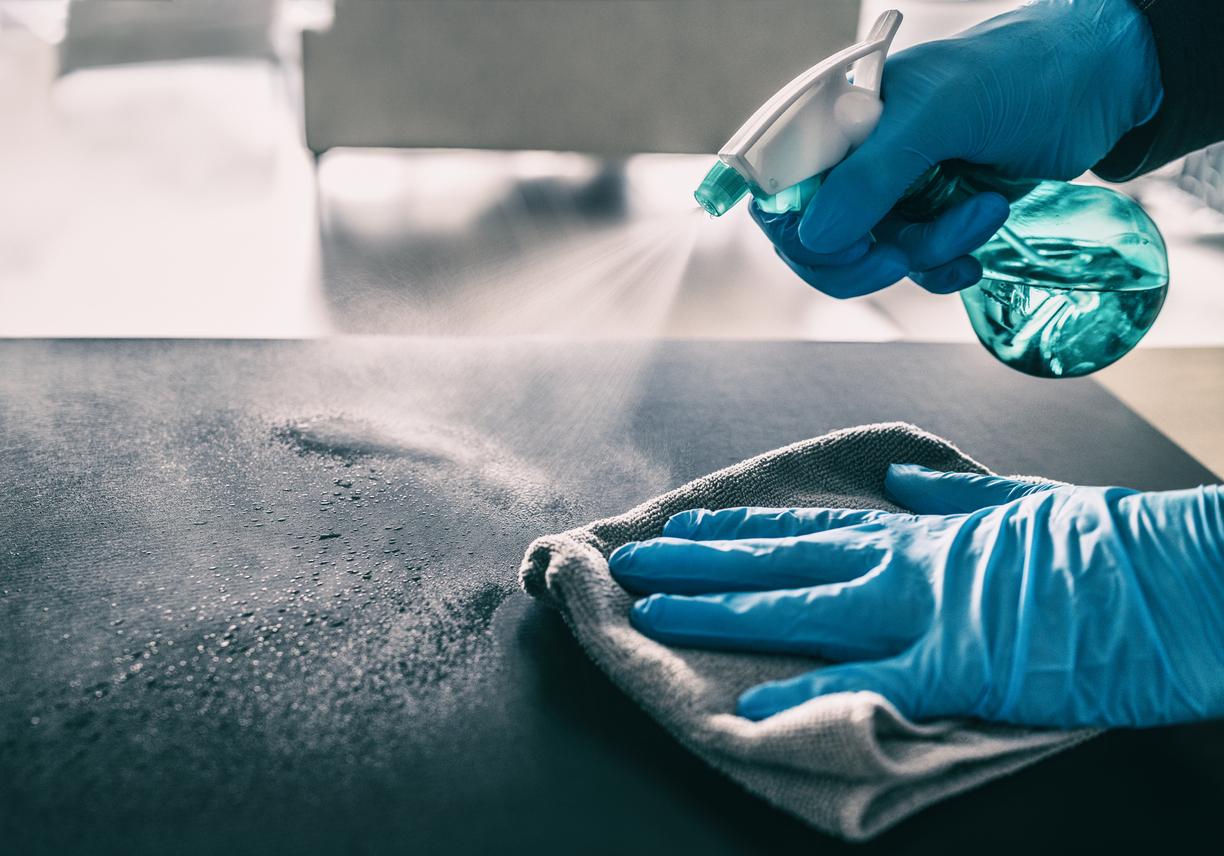Precancerous lesions of the cervix should be removed after detection to minimize the risk of cancer.

- Infection with the HPV virus can cause so-called precancerous lesions on the cervix.
- These lesions can be removed or monitored.
- Surveillance is associated with an increased risk of cervical cancer after age 20, according to a Danish study.
The human papillomavirus, or HPV, is responsible for a large proportion of cervical cancers. In some people, the infection causes precancerous lesions on the cervix. According to a study published in the British Medical Journalwhen they are not removed, but only monitored, there is an increased risk of cervical cancer.
Cervical cancer: should pre-cancerous cells be treated?
Scientists have become interested in cervical intraepithelial neoplasia (CIN): it corresponds to abnormal changes in the cells lining the cervix. The CIN is divided into grades: CIN 1, 2 or 3.”The higher the number, the more serious and significant the risk of progression to cancer., warn the authors. In fact, it is not cancer, but without treatment, these cells can become cancer. “For many years, CIN 2 has been the threshold for treatment aimed at eliminating abnormal cells, develop the Danish researchers. However, several studies have shown that 50 to 60% of CIN 2 cases regress spontaneously within two years. Therefore, some health authorities recommend implementing active surveillance of these lesions rather than removing them. In Denmark in particular, care is based on this monitoring. “It involves regular exams and tests for two years after diagnosis to see if abnormal cells are growing“, they explain.
Precancerous lesions: an increase in the risk of cervical cancer after 20 years
To understand whether this method is an effective way to prevent cervical cancer, these scientists assessed the long-term risk in women receiving active surveillance for CIN 2 compared to immediate treatment. The study included 27,524 women with CIN 2 diagnosed between 1998 and 2020 and aged 18 to 40 at the time of diagnosis. Of these, 45% were under active surveillance and 55% received immediate treatment to eliminate the lesions. The risk of cervical cancer was similar in both groups during the two-year active surveillance period, but then increased in the active surveillance group. “After 20 years, the risk was approximately four times higher in the active surveillance group, while it remained relatively stable in the immediate treatment group, conclude the authors. The increased risk was mainly observed in women aged 30 years or older.
Cervical cancer: better monitoring of women with precancerous lesions
They emphasize that this risk remains low and believe that it could be linked to the persistence of the infection.dormant” by HPV in cells. This would expose “a subsequent risk of reactivation during periods of immune or age-related weakening“, suppose the researchers.
This study is observational, it does not make it possible to establish a cause and effect relationship. However, for the authors, these results “are important for clinical counseling of women with CIN2 and suggest the need for increased follow-up in women with a history of active surveillance”.


















